Every year, on May 8, we remember and commemorate V-E Day. Online, on TV and other media, we reflect on this very important date in world history and the days leading up to it. But what was the media and commentary like on the actual day(s)? Radio broadcasts give a fascinating insight into thoughts, concerns, and celebrations of the day.
We collected a few of those here for each of the five days just prior to the end of the war in Europe. They are insightful, reflective, somber, and uplifting. They include political commentary, historical descriptions, music, familiar voices, cheers, and calls to remember that “Peace is but half won.” Take a listen:
May 4, 1945 - Friday
“Germany Calling’ was the notorious beginning of an infamous broadcast by one of Great Britain’s most hated traitors, William Joyce, who spread Nazi and Axis propaganda from Hamburg to the UK, and even to the US, via shortwave signals. He had the nickname “Lord Haw-Haw” for a variety of reasons, but at least partly due to his affected upper class British accent. The program continued until April 30, 1945. Joyce left the city as it was captured by the British Army and was later arrested and hanged.
This broadcast is different. It is made by Horst Pinschewer (Geoffrey Perry), a German refugee serving in the British Army who announced the British takeover on the air. He starts off jokingly and then describes how he is sitting in front of the same microphone and broadcasting on the same wavelengths as Joyce just days prior. It is a fascinating example of the power of radio and the transitional time we are witnessing through these broadcasts. The recording ends by declaring that “This is Radio Hamburg, a station of the Allied Military Government.” Listen to Mock "Germany Calling" Broadcast here.
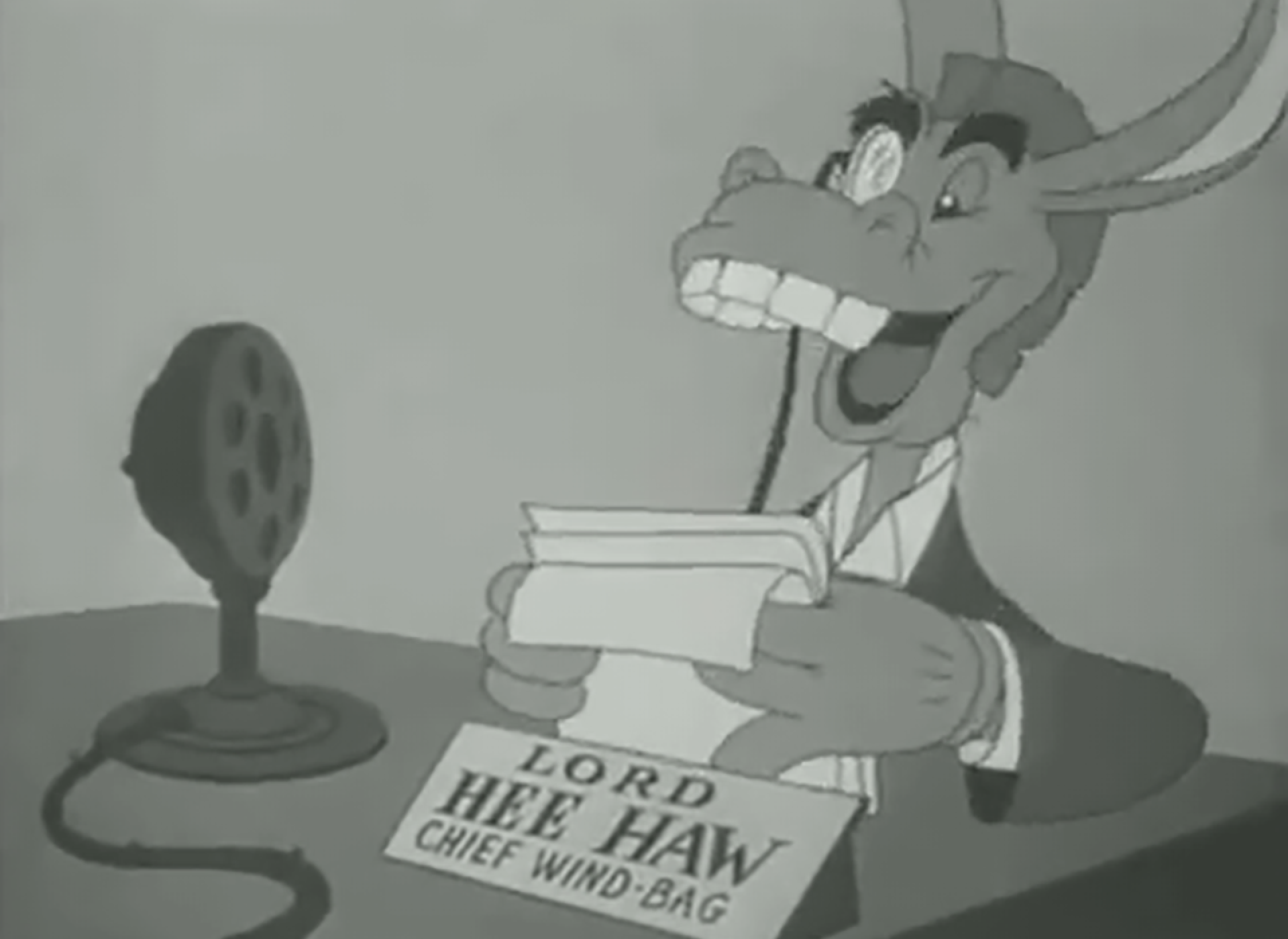
Still frame from the 1943 Allied propaganda cartoon "Tokio Jokio," depicting Nazi collaborationist radio announcer William Joyce, also known as "Lord Haw Haw," as an athropomorphic donkey identified as "Lord Hee Haw, Chief Windbag." Courtesy of Warner Bros.
May 5, 1945 - Saturday
On May 5, 1945, Paul Manning describes the “war picture” of the day from Supreme Headquarters via the MBS (Mutual Broadcasting System.) Manning was a war corresponded both for CBS Radio as well as for MBS and a member of the “Writing 69th” who trained and flew missions with the 8th Air Force. It included several war correspondents, most famously Walter Cronkite. He later broadcast the Japanese surrender from aboard USS Missouri. In this clip he gives a summary of the current moment and describes the taking of Berchtesgaden the day prior as well as the capture of the Polish Gauleiter Forster. He notes that the “official end of war is what we hope for." Listen to Paul Manning's broadcast here.
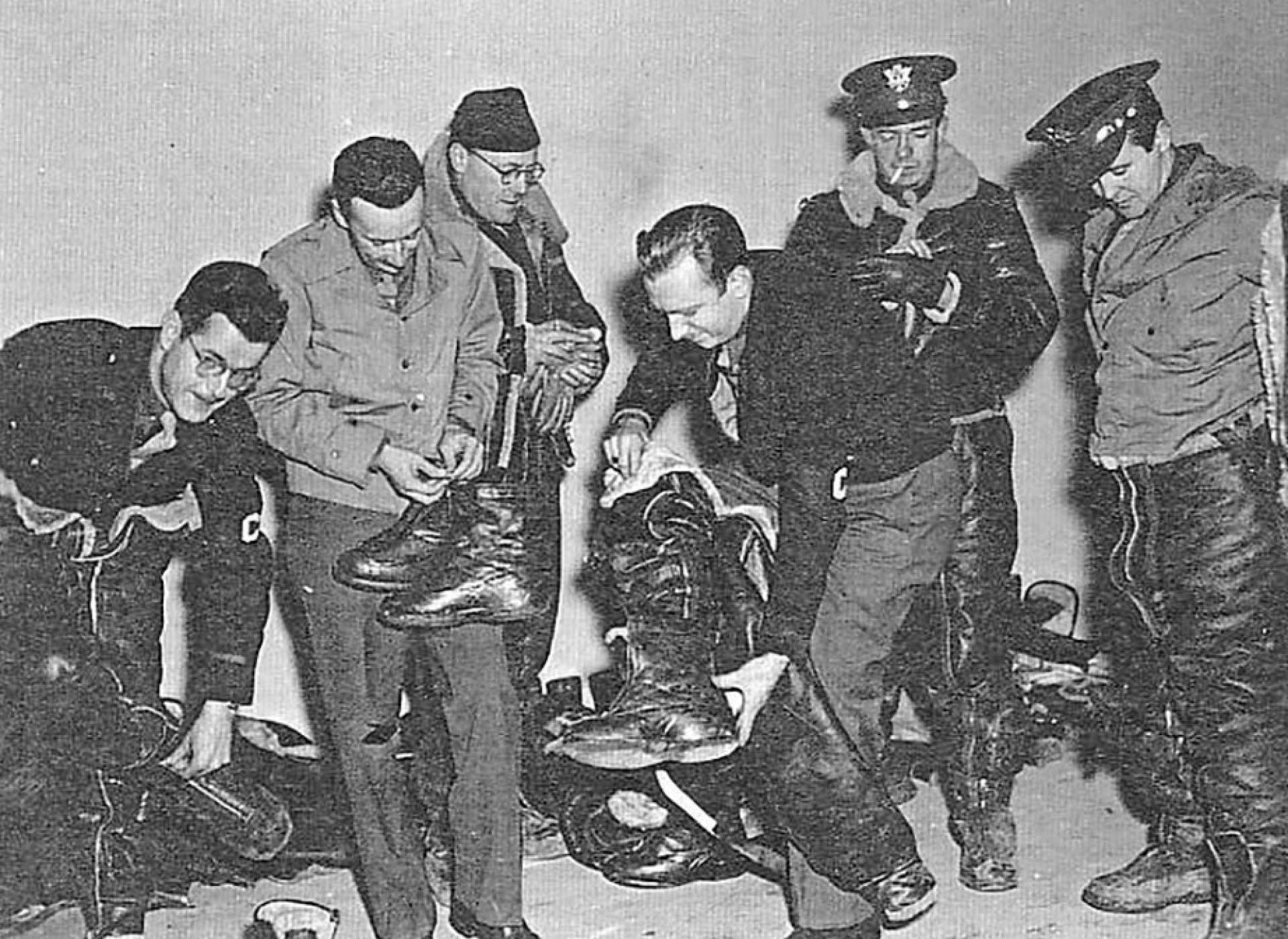
Writing 69th members (left to right) Gladwin Hill, William Wade, Robert Post, Walter Cronkite, Homer Bigart, and Paul Manning undergoing combat flight training for bombing missions in 1943. Courtesy of the United States Army Air Forces.
May 6, 1945 - Sunday
Drew Pearson reports for the NBC on May 6, 1945. Pearson was a colorful news personality with a (at the time) unique combination of factual reporting, personal comments, and innuendo. His column “The Washington Merry-Go-Round” made him one of the most influential newspaper columnists in the United States.
In this broadcast he comments on the war which is “practically over on the Western Front” and gives the “inside story” of how it was accomplished without (yet) declaring V-E Day. Of note is the news that some movie theaters, the main source of news on film, were opting to not show footage of Nazi atrocities for fear that people would stay away. Pearson also has interesting comments on US-Soviet relations and the ongoing UN conference in San Francisco. Finally, his “predictions of things to come,” including notes on economics after the war and deliberations on tough or soft peace, offer great insights into debates at the time. Listen to Dave Pearson's broadcast here.
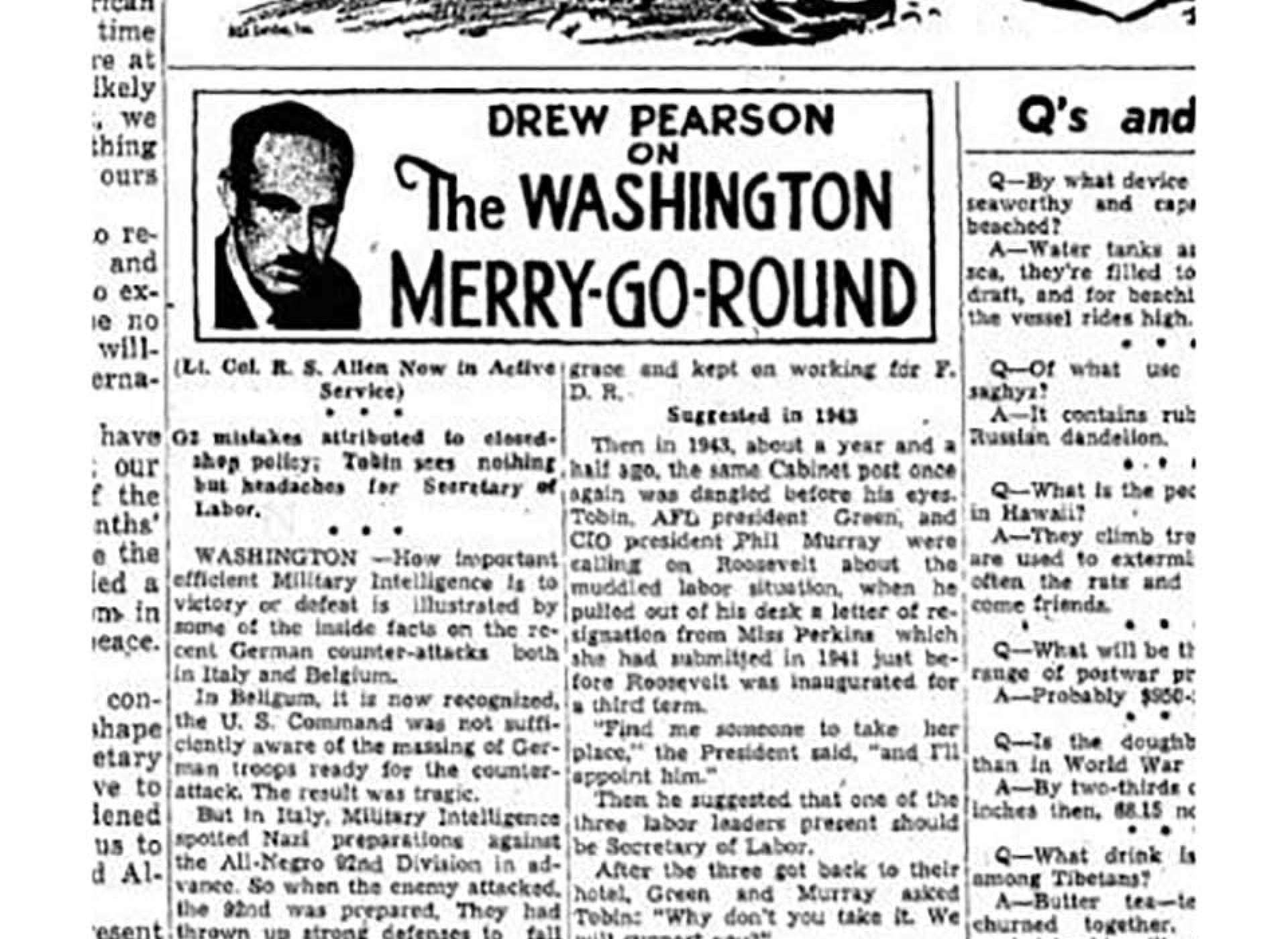
Snipped from the Indiana Gazette 6 January 1945 and Pearson’s column. Courtesy of the Indiana Gazette.
May 7, 1945 - Monday
May 7, 1945 was the day of the unconditional surrender of the German forces, as a special bulletin by the NBC reports for the American people. Listen to the surrender of Germany broadcast here.
This was also when AFRS, the American Forces Radio Service, gathered a lot of big names to create a celebratory program to be heard all over the world. In this recording Bob Hope, Bing Crosby, Dinah Shore, and others look back at important events of the war while singing classics like “Don’t Sit Under The Apple Tree.” What makes this program stand out are the international voices: Charles Boyer speaks in French to his countrymen, we hear Chinese and Russian, and a tribute to the still very new United Nations by Loretta Young. We also hear somber voices and a reminder that this is only a moment to take a breath, and that the fight in the Pacific continues. Listen to the American Forces Radio Service broadcast here.
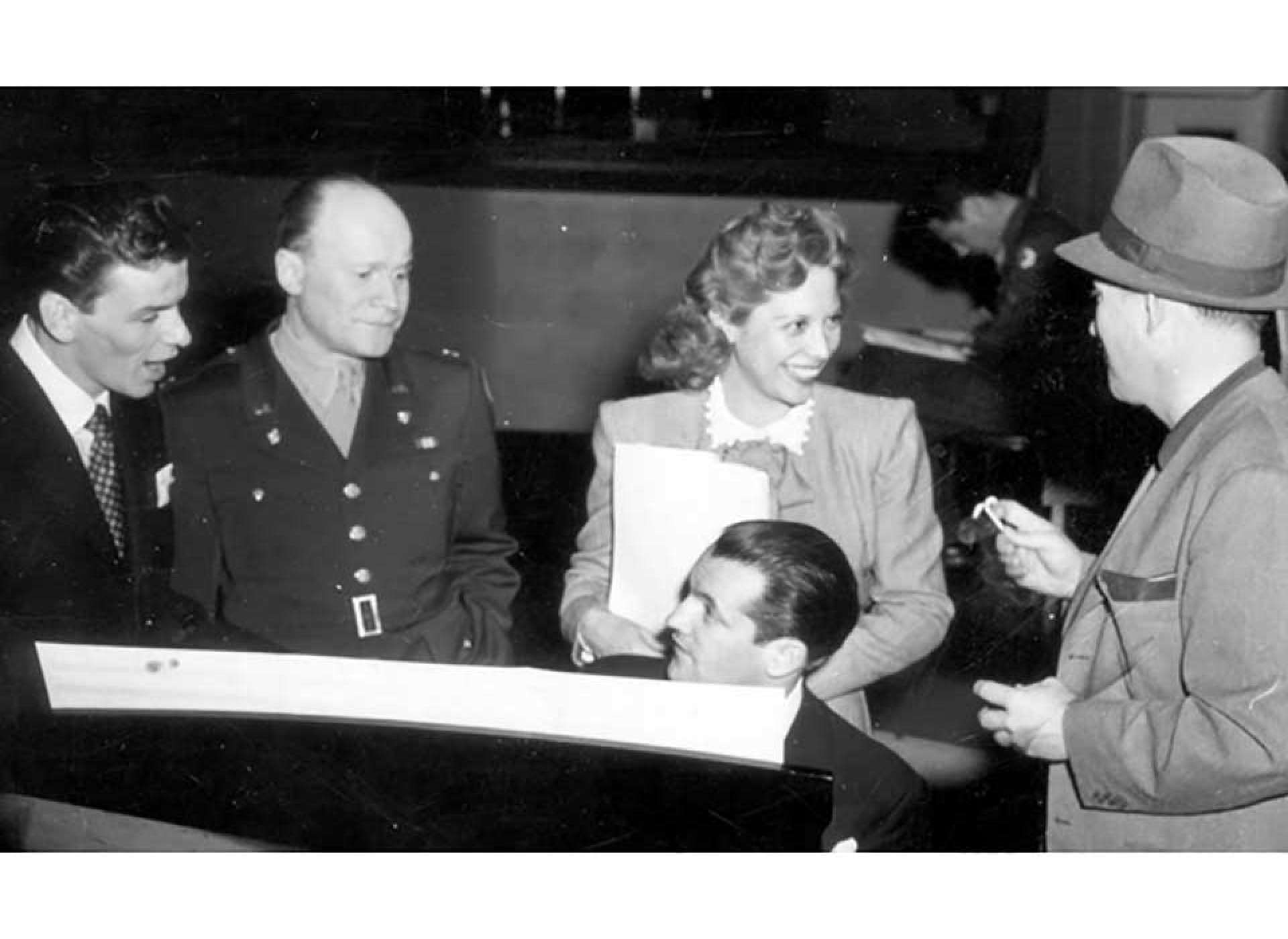
Recording of an Armed Forces Radio Show with Frank Sinatra, Major Mann Holiner, Dinah Shore, Bing Crosby. Courtesy of the American Forces Network.
May 8, 1945 - Tuesday
It was finally over: V-E Day had arrived and the United States heard from their President over the airwaves. Listen to President Truman's broadcast on May 8 here.
“This is a solemn but a glorious hour . . . our victory is but half-won."
Harry S. Truman
However, the celebrations and relief on this day were felt everywhere and the famous CBS reporter Edward R. Murrow takes listeners to London’s Piccadilly Circus, where he broadcasts live from the celebration happening in the streets. The recording transmits the joy and alleviation of the moment as Murrow wades through the confetti. Listen to Edward R. Murrow's broadcast here.
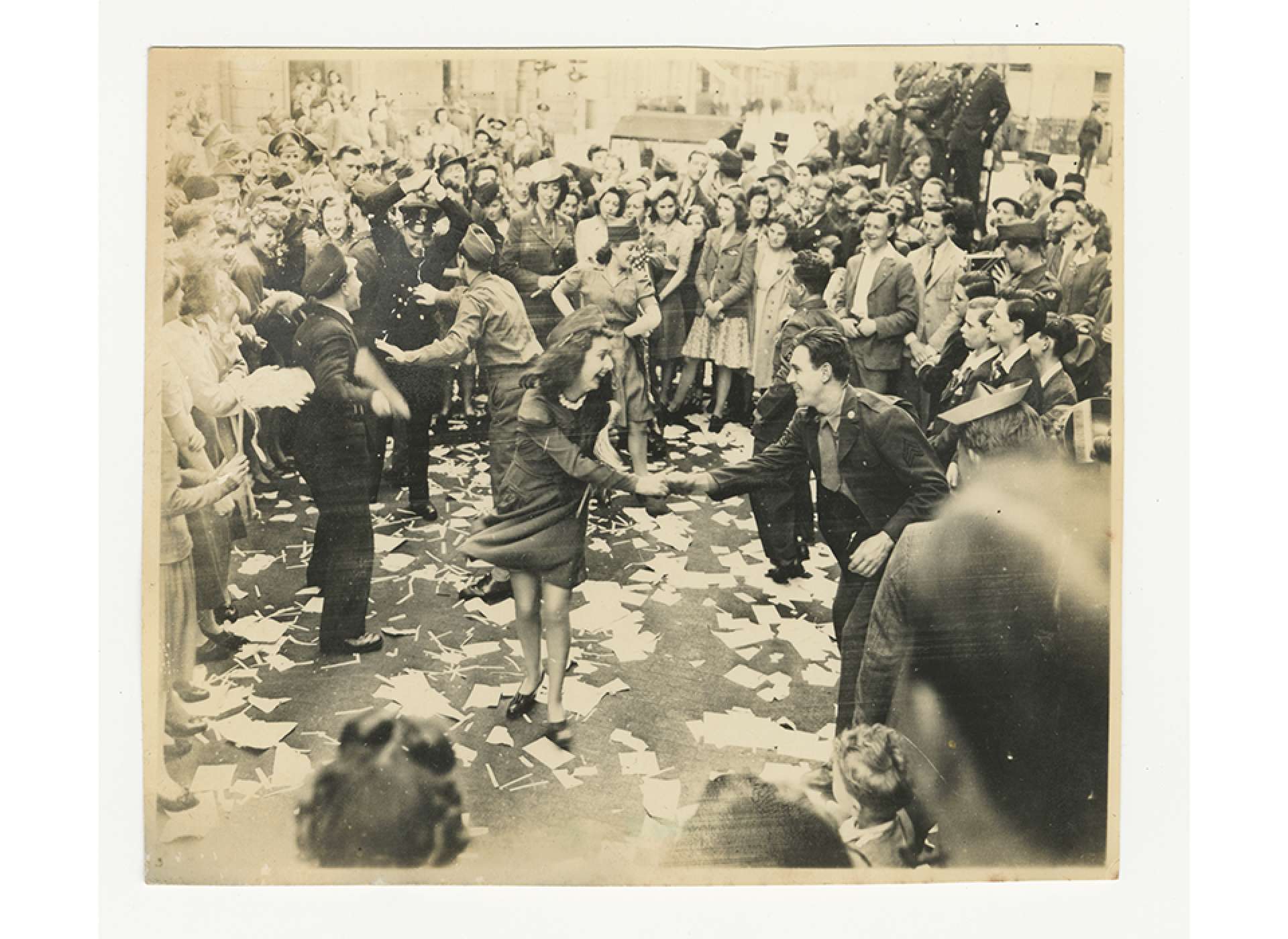
Dancing during the VE-Day celebration in Piccadilly Circus, England, 1945. Gift of Jack M. Schwartz, The National WWII Museum.
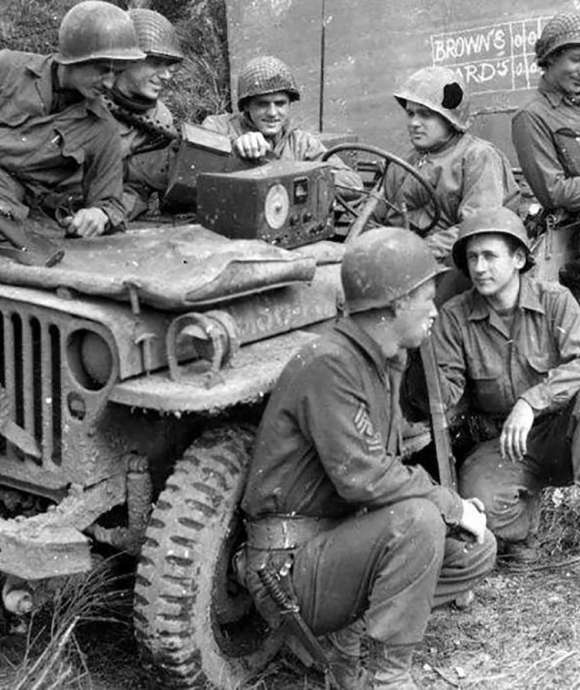
Democracy on a Dial: A Short History of AFN in Europe
Read more about the AFN (American Forces Network) when radio was at its best: as the audible link to home for many soldiers fighting in Europe, it was a musical distraction, a news service, a way to stay up to date on sports, and finally, an unintended ambassador of the American way of life.
This article is part of an ongoing series commemorating the 75th anniversary of the end of World War II made possible by Bank of America.
Tanja B. Spitzer
Tanja B. Spitzer, a native of Germany who came to New Orleans a little over a decade ago to study at Tulane University, is an expert on transatlantic history and cultural diplomacy.
Cite this article:
MLA Citation:
APA Citation:
Chicago Style Citation:
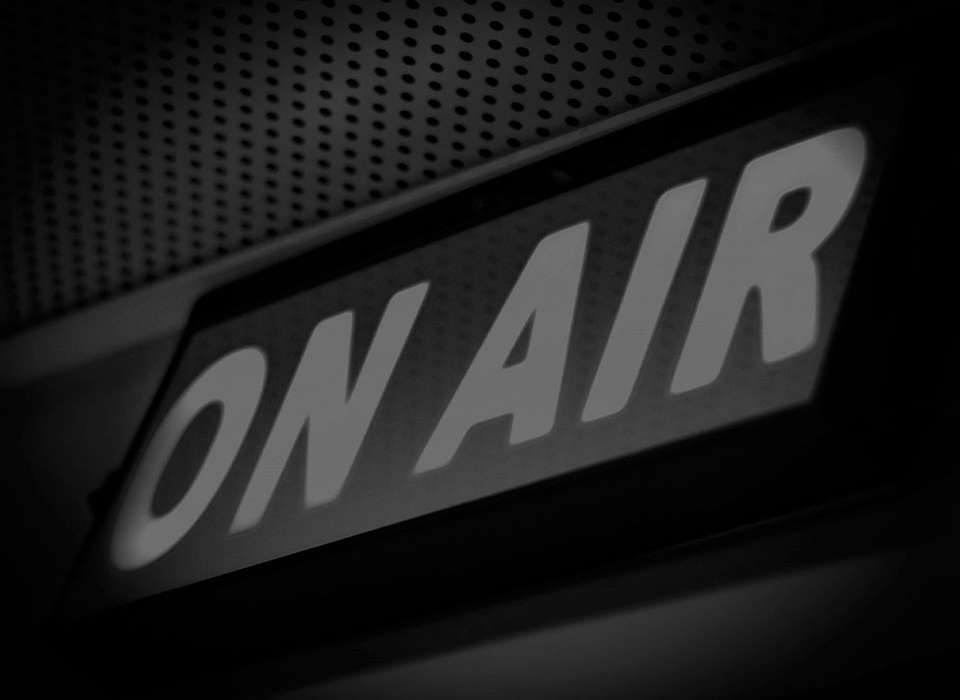





![Max Fuchs, New York City cantor, sings as Rabbi Sydney [sic] Lefkowitz, Richmond, VA, conducts the first Jewish services from Germany.](/sites/default/files/styles/max_650x650/public/2025-10/image1.jpg)



